Uzhydromet explained why dirty snow fell in Tashkent
Specialists of Uzhydromet told why dirty snow fell in Tashkent on November 17.
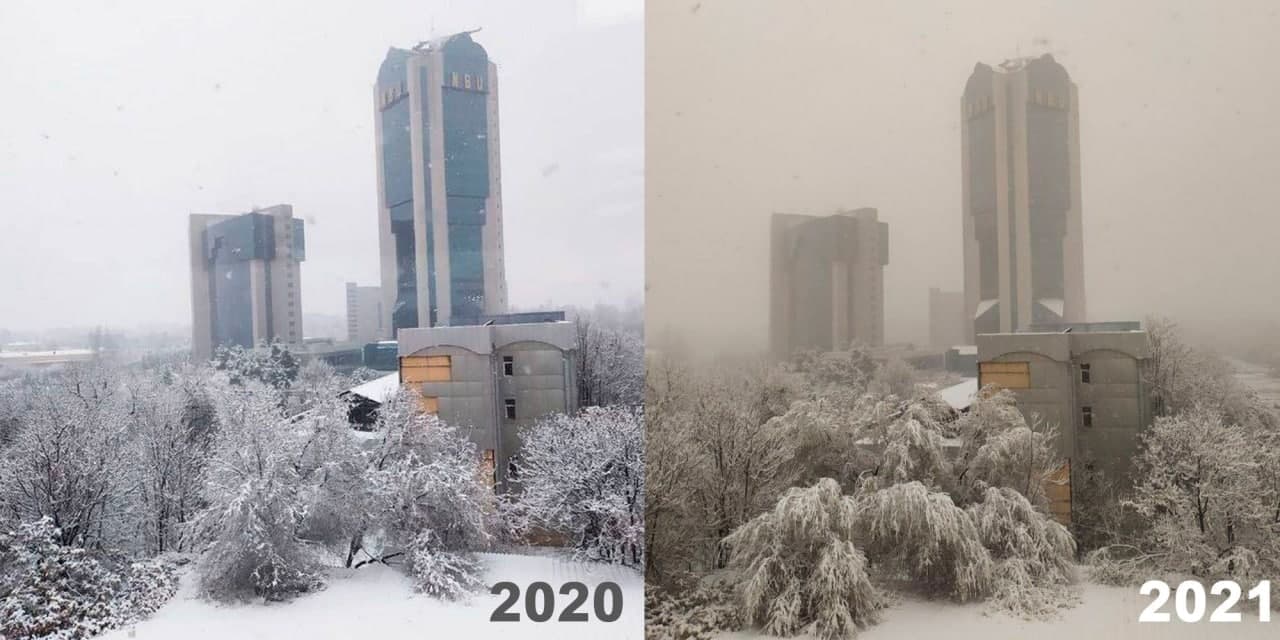
Фото: Telegram / uzb_meteo4
According to forecasters, on November 17 at 06:10 in Tashkent, dirty snow began to fall. The thickness of the snow cover at 10:30 was 12 cm.
“Experts took snow samples to determine the pH (acidity), electrical conductivity and ionic composition of the snow. When taking samples of snow, layers of contaminated snow (red-colored clay) were well traced. The fallout of contaminated snow was caused by sandstorms, which were observed on November 4 in the south of Kazakhstan and on November 16 in the Bukhara region. If there was precipitation in Tashkent on November 14 and the air cleared, there was no precipitation in the Bukhara region. On November 17, a cold, humid air mass invaded the entire territory of the republic, with increased wind and places with dust storms,” the experts said.
In turn, the dust raised by gusts of wind was transported to a distance and settled on Tashkent, painting the precipitation in the color of soil and sand.
In addition, the results of the analysis of atmospheric precipitation showed that the pH of the snow was 9.6 – an alkaline environment. Typically, the pH of precipitation is -7. The electrical conductivity was 73.2, which indicates low concentrations of anions and cations and does not pose a health hazard.
“At 05:10, a sharp increase in suspended particles in the atmospheric air of Tashkent was recorded, which amounted to 2.3 MPC. When precipitation fell, the air was purified,” the conclusion says.
Related News
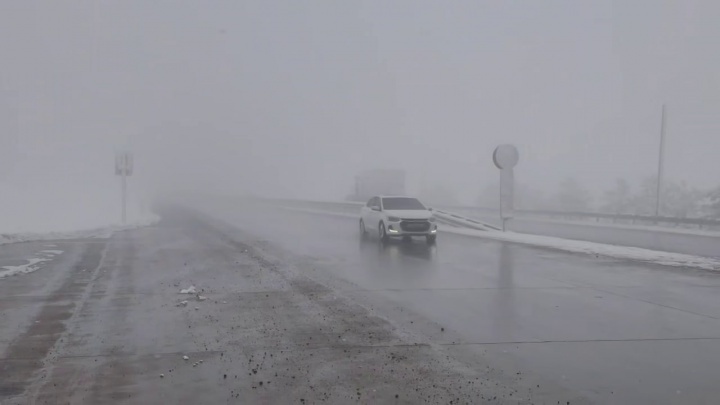
14:40 / 17.01.2026
Dense fog and snowfall reduce visibility at Kamchik Pass
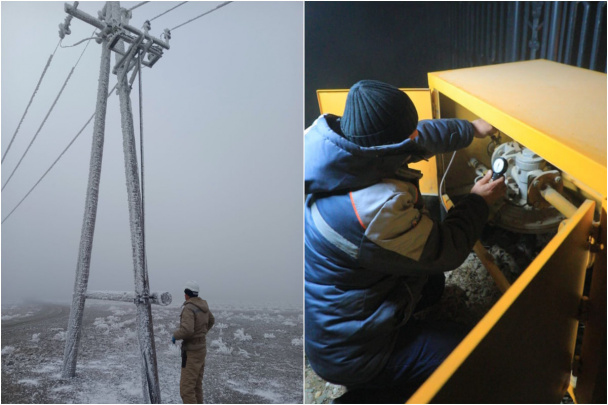
14:22 / 17.01.2026
Energy Ministry warns of possible power and gas restrictions due to cold snap
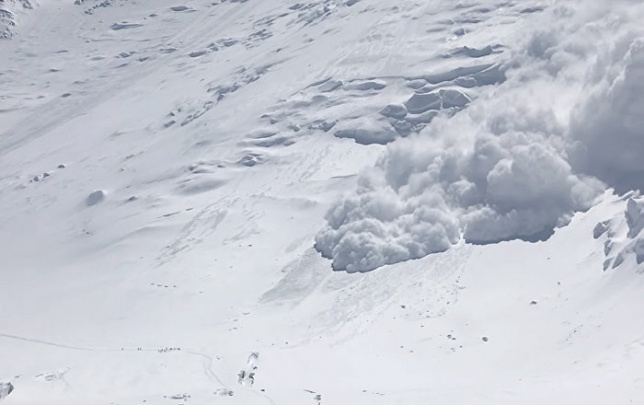
15:08 / 15.01.2026
Uzhydromet warns of avalanche risk in mountain areas of six regions
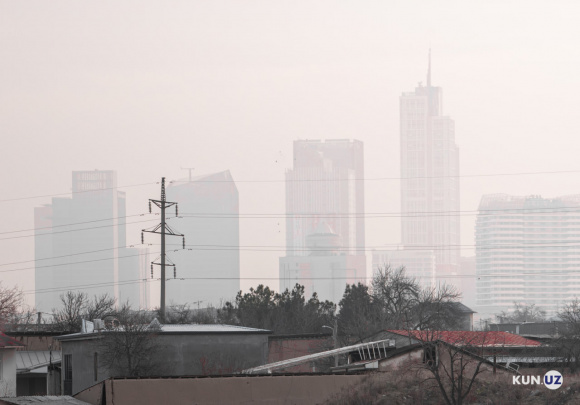
13:27 / 14.01.2026



